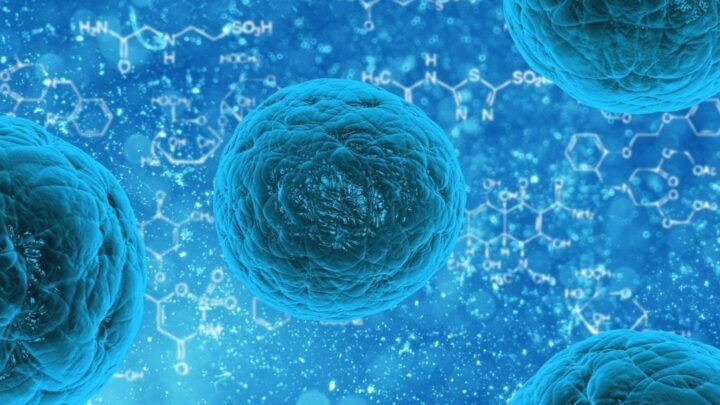Pulmonary arterial hypertension (PAH) is a chronic and progressive form of high blood pressure in the lungs which can result from a number of causes: HIV, sickle cell disease, drug use, and congenital heart disease, among others. In around 15-20% of cases, PAH is inherited – a condition called familial PAH. This is what one young girl in Germany was diagnosed with. At just three years old, doctors recommended that this girl undergo a lung transplant. However, shares NewScientist, a team of doctors and researchers decided to treat the girl with an experimental stem cell treatment.
At the time the girl underwent the treatment, she found it difficult to walk and was often short of breath. She was relatively short in stature and, according to her family, did not improve in height or weight measurements over the prior year. But after receiving the treatment, the girl, now six years old, is doing much better than she previously was.
To learn more about this girl and the experimental treatment, take a look at this research study published in Nature Cardiovascular Research.
About Pulmonary Arterial Hypertension (PAH)
As described above, PAH is a chronic form of hypertension in the arteries of the lungs. This condition causes the thickening or hardening of pulmonary arteries. Altogether, this makes it more difficult for the heart to force blood through the arteries to receive oxygen. The brain and body then receive less oxygen-rich blood and the heart muscle consequently weakens. PAH is 2x more common in females than males. While, as in this case, it can affect younger individuals, PAH is most common in those between the ages of 30 and 60. Symptoms of PAH can include:
- Shortness of breath which worsens during exertion
- Chest pain
- Swelling in the lower extremities
- Dizziness and fainting
- Fatigue
- Cyanosis (a blue-gray color to the lips and skin)
- Heart palpitations
Creating an Experimental Stem Cell Treatment
Doctors at the Hannover Medical School in Germany decided to treat the young girl with stem cells, sourced from her sister’s umbilical cord. Once the doctors sourced these cells, they grew them in a dish and bathed them in a specific nutrient liquid. The old liquid from the dish was stored and then eventually administered to the girl. This was done through an infusion, where the nutrient liquid was infused with the girl’s lung and heart blood vessels over a 6-month period.
This particular treatment used mesenchymal stem cells. DVCSTEM explains that mesenchymal stem cells (MSCs):
utilize their self-renewal, immunomodulatory, anti-inflammatory, signaling, and differentiation properties to influence positive change within the body. MSCs also have the capacity to self-renew by dividing and developing into multiple specialized cell types present in a specific tissue or organ.
After just three months of treatment, the girl grew nearly four inches. She is now better able to exercise without breathlessness, and has improved lung and heart function. In addition to treatment, the girl also received two other medications, which doctors acknowledge could have contributed to this positive change.
The doctors do admit that the girl does still have hypertension and may require further treatment. Additionally, the doctors want to perform some further testing on the mechanisms behind this treatment.








